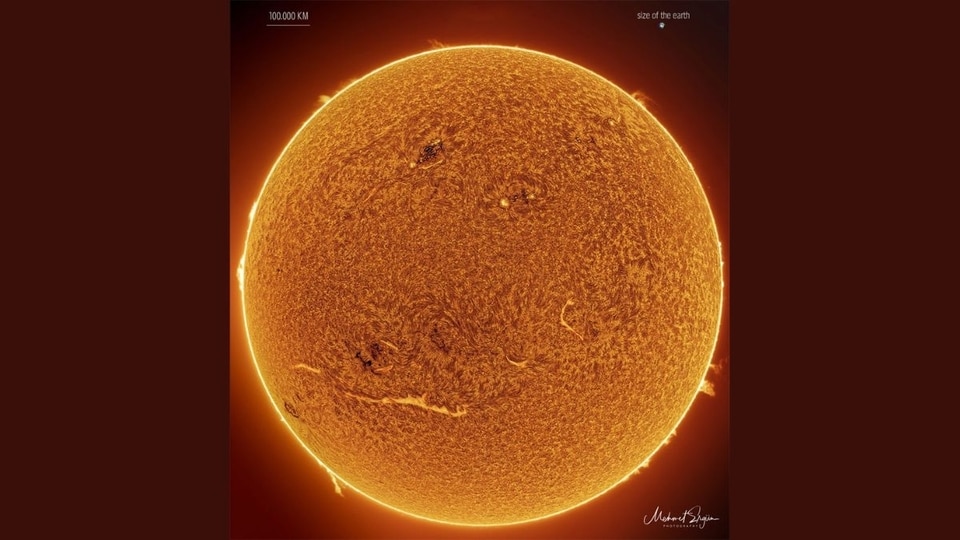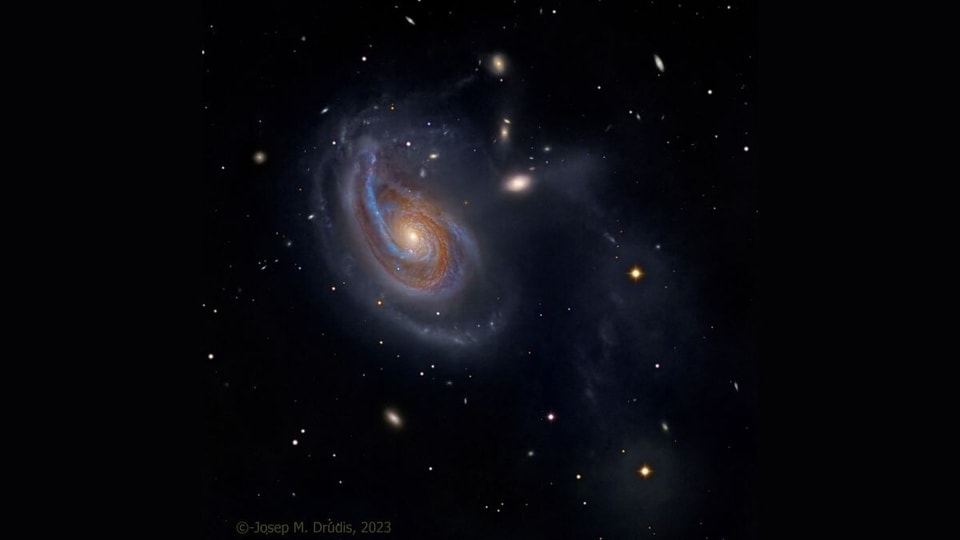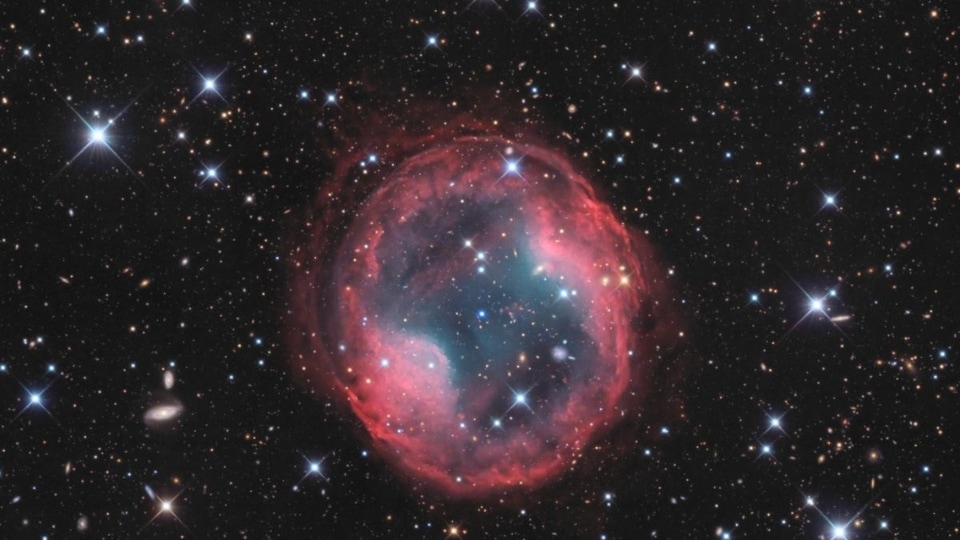NASA finds out the secret of Venus!
NASA scientists used data from the agency's Magellan mission to study the heat flow in the coronae regions of Venus. Here's what they found.






 View all Images
View all ImagesHow does the Earth lose its heat? NASA explained that the Earth's hot core heats the mantle which then transports the heat to the lithosphere, the outermost solid layer of rock. The heat is subsequently released into space, cooling the uppermost portion of the mantle. This circulation of the mantle, known as mantle convection, is responsible for driving tectonic processes on the surface and keeping the plates in motion. But the heat flow mechanism of Venus has been a mystery so far. The absence of tectonic plates on Venus has resulted in persistent questions in planetary science regarding how the planet loses its heat and what processes shape its surface.
A recent study has analyzed archival NASA data and suggests that Venus might be releasing heat due to geologic activity in areas known as coronae, which is similar to the early tectonic activity on Earth. The research has used three-decade-old data from NASA's Magellan mission with a new perspective. Here's what the study says about Venus.
How Venus' heat transmission mechanism works
While using the observations of the Magellan spacecraft made in the early 1990s of quasi-circular geological features coronae on Venus, the researchers figured out that “coronae tend to be located where the planet's lithosphere is at its thinnest and most active.”
So far, scientists used to believe that the lithosphere of Venus is stagnant and thick. NASA further explained that similar to how a thin sheet releases more body heat than a thick one, a thin lithosphere permits more heat to exit the planet's interior through buoyant plumes of molten rock. Usually, elevated heat flow results in amplified volcanic activity beneath the surface. Therefore, coronae possibly expose sites where active geology is currently influencing the surface of Venus.
According to this new research, the lithosphere encompassing each corona is about 7 miles (11 kilometers) thick on average, which is significantly thinner than prior estimates. These areas exhibit a higher estimated heat flow in comparison to the Earth, which indicates that coronae are actively experiencing geological processes.
Also, NASA said in a blog that "the youthful appearance of Venus' surface is likely due to volcanic activity, which drives regional resurfacing today." Moreover, this recent discovery of augmented heat flow in coronae regions supports the idea that Earth's lithosphere may have exhibited a comparable state in the past, NASA said.
Catch all the Latest Tech News, Mobile News, Laptop News, Gaming news, Wearables News , How To News, also keep up with us on Whatsapp channel,Twitter, Facebook, Google News, and Instagram. For our latest videos, subscribe to our YouTube channel.





























